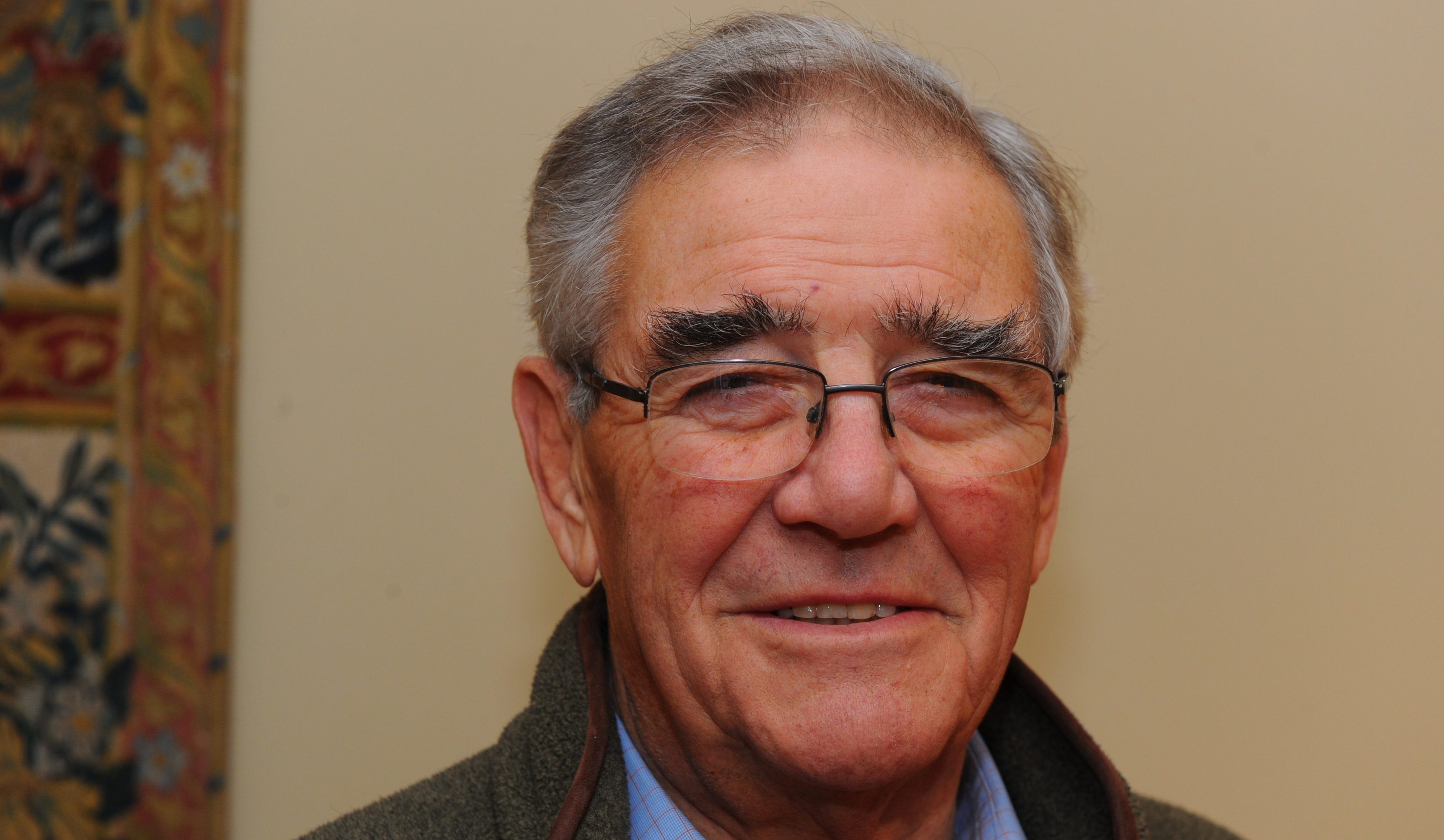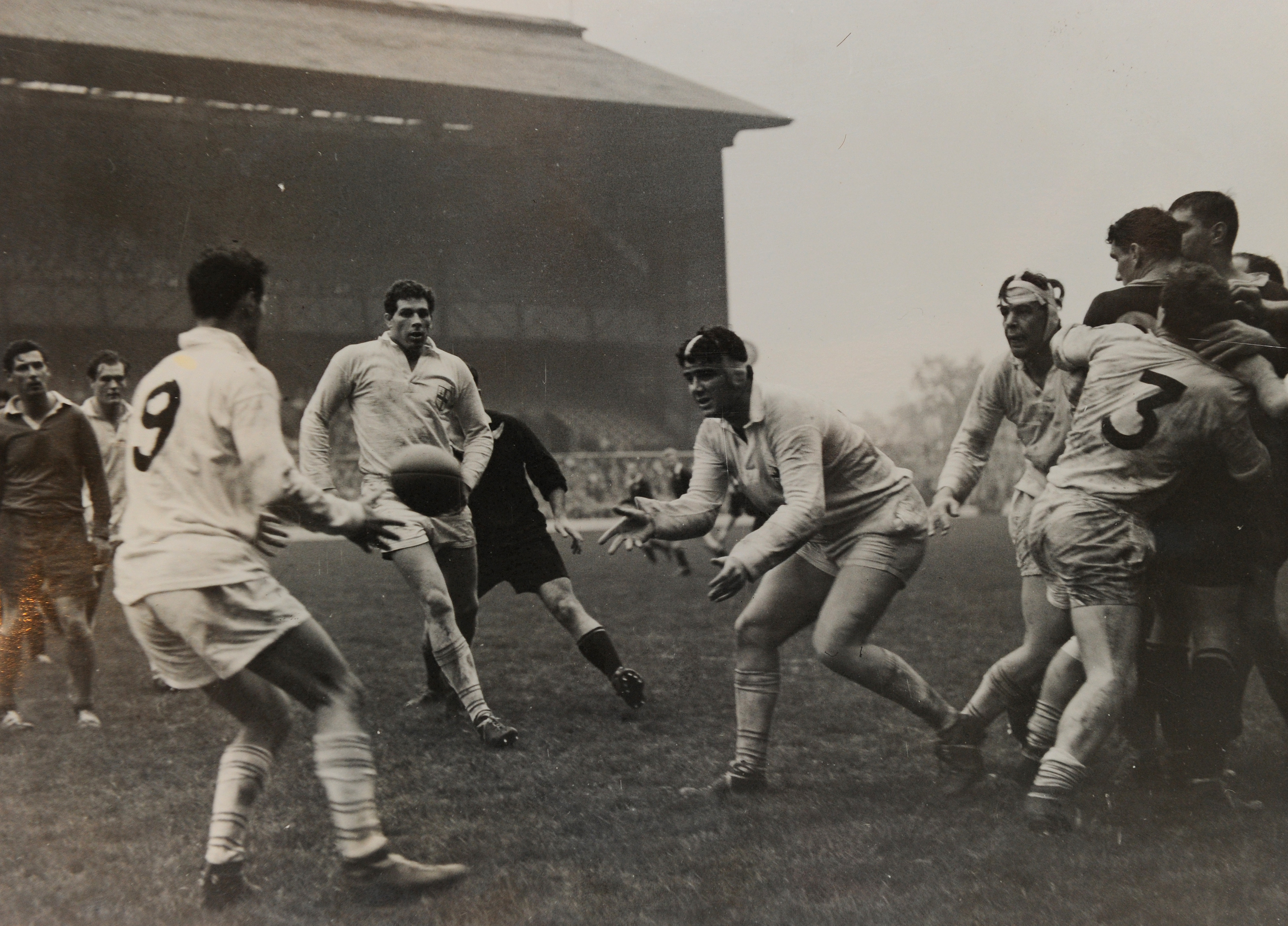Former Scotland lock forward Frans ten Bos, who spent his latter years in Angus, has died at the age of 79.
Mr ten Bos won 17 caps for Scotland between 1959 and 1963 and was instrumental in turning the flagging national team’s fortunes around.
Born in Richmond, Surrey, in 1937 to Dutch parents, Mr ten Bos was educated at Lathallan School in Johnshaven and Fettes College in Edinburgh, having travelled to Scotland from Holland on the outbreak of the Second World War.
Their accommodation in London barely survived the Blitz and the family made their way to Taynuilt in Argyll before they moved to St Andrews, where his father served at RAF Leuchars.
He won his first cap out of Oxford University and subsequently played his club rugby for London Scottish where his presence was being noticed by the selectors.
His debut in 1959 was a 3-3 draw against England at Twickenham in the Calcutta Cup after being preferred to clubmate and friend Mike Swan.
He was lauded for his contribution to Scotland’s first win in the Welsh capital for 35 years – in 1962, an 8-3 margin.
In his book, Scottish Rugby – Game by Game, Kenneth Bogle wrote: “The Scots opened the scoring after 17 minutes when the forwards held the ball at an advancing scrum before (John) Douglas and ten Bos broke away and put (Ron) Glasgow over on the left.
“A few minutes later (Gordon) Waddell put up a high kick into the Welsh 22, ten Bos gathered the rebound and used his considerable momentum to get over the line.”
It was the fact that he could not take time away from his work that caused ten Bos to miss out on the 1962 British Lions tour to South Africa.
His final year of international rugby, 1963, featured an away victory against France, while his last cap, was marked by a famous individual try by England’s stand-off, Richard Sharp.
With three daughters from his first marriage, he carved out a career in printing.
In latter years he stayed near Kirriemuir.
Scottish Rugby extended its “sincere condolences” to all Mr ten Bos’s family and friends.


